Age is just a number especially when your skincare is on priority. The best foundation you can wear is a healthy skin, it is a reflection of overall wellness. Skin is the most exposed boundary with the outside world, Skin diseases are frequently noticeable to others. Due to typically connected social stigma to skin diseases, the sufferer has to cope with both their disease and the negative reaction from others. Hence investment in skin is most important as it is going to represent us for a very long time. Psoriasis is a chronic immune mediated (as autoimmune), multisystem inflammatory disease with predominantly skin and joint involvement. It significantly impairs the quality of life of patients and results in great physical, emotional and social burden. Psoriasis has been recognized by the World Health Organization as a serious, disfiguring, disabling, noncommunicable disease that represents a significant public health challenge due to its psychological, social and economic burden (i). According to a scientific study, Psoriasis burden was greatest in countries with high income and high sociodemographic index (ii). Even though, management of Psoriasis in contemporary medicine is advancing with scientific researches there is a high rate of recurrence. That’s where Ayurveda management grounds better.
There are various studies conducted on the efficacy of bio-purification (Shodhana) and oral Ayurvedic drugs in Psoriasis. Such studies reported significant relief in signs and symptoms of psoriasis and better quality of life with no further episodes of recurrence after repeated bio-purification in regular interval of time (iii).
Bio-Purification (Shodhana) along with external therapies probably may have lead to endogenous changes in the body responsible for the alleviation of psoriatic pathology. It would have also resulted in anti-inflammatory action which causes inhibition of cytokines and keratinocyte proliferation (iv). The data collected from the observation of the clinical research are promising with 80-90% improvement at statistical significance of ( P<0.005 ) in sign and symptoms of psoriasis on the basis of PASI and DLQI. During presentation all the outcomes and experience throughout the clinical research will be shared in detail along with relevant evidences.
_____________
References
(i) World Health Organization. Global report on psoriasis. Available at: https://apps.who.int/iris/handle/10665/204417
(ii) Sino Mehrmal, Prabhdeep Uppal, Natalie Nedley, Rachel L. Giesey, Gregory R. Delost, The global, regional, and national burden of psoriasis in 195 countries and territories, 1990 to 2017: a systematic analysis from the Global Burden of Disease Study 2017, Journal of the American Academy of Dermatology, Volume 84, Issue 1,2021, Pages 46-52, ISSN 0190-9622.
(iii) Sneha patil, Prashanth bhat.Importance of repeated Shodhana in Kitibha Kushtha(Psoriasis) Acase study .IJAPR,2021;9:40-44.
(iv) Gunjan Mangal,Gopesh Mangal,Radhey Sham.Clinical efficacy of Shodhana karma and Shamana Karma in Mandala Kushtha(Psoriasis).Ayu.2012;33(2)224-229.

Rosenberg Ayurveda and Wellness-Consulting AG
European Academy for Ayurveda Switzerland
Büelstrasse 17
CH-6052 Hergiswil NW
info@ayurveda-symposium.org
Newsletter
* I have the Privacy policy taken note of. I agree that my details and data for answering my enquiry are collected and stored electronically.

2024 © Rosenberg Ayurveda Academy gGmbH